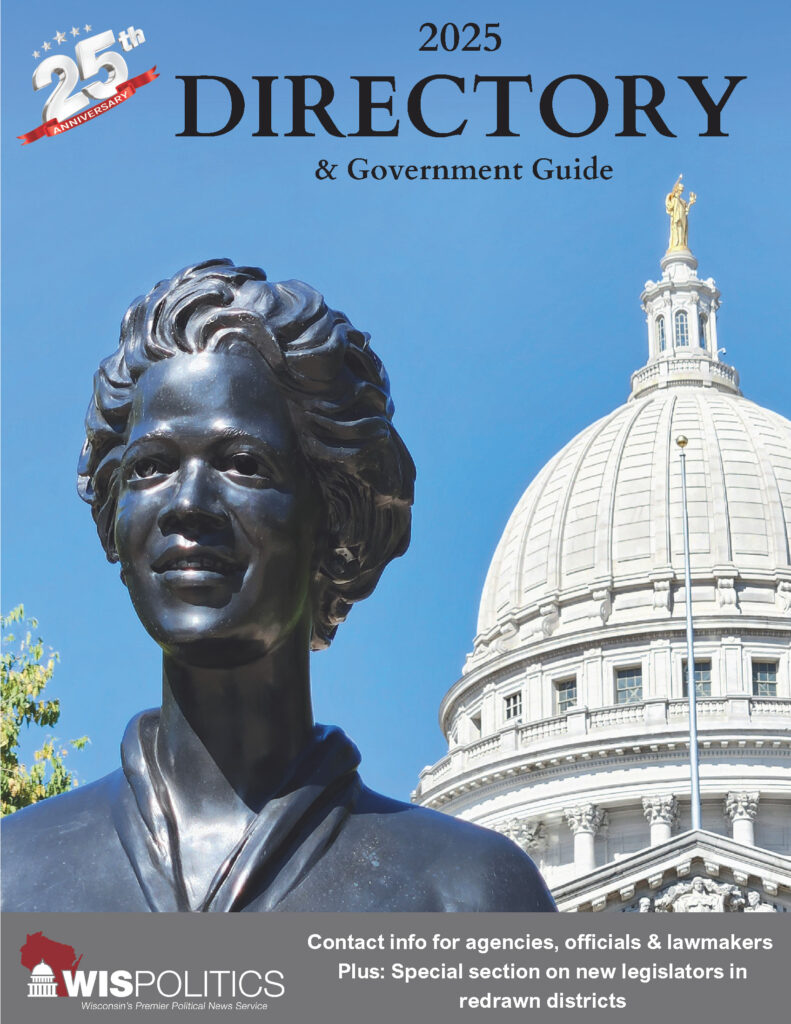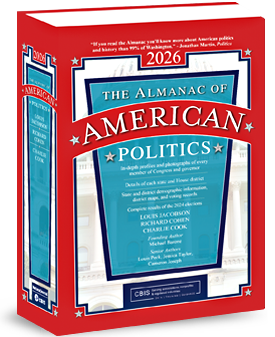Madison, WI … Senator Cory Tomczyk (R-Mosinee) released the following statement regarding the passage of the Wisconsin 2025-2027 biennial state budget:
“Wisconsin’s 2025–2027 biennial state budget represents responsible investment in the future of our state. From historic tax relief, targeted funding for rural communities, and major infrastructure initiatives, this budget reflects a bip...
Please log in to access subscriber content.
If you don't have a subscription, please contact schmies@wispolitics.com for subscription options on the WisPolitics-State Affairs platform, which is the new home for WisPolitics subscriber products.


